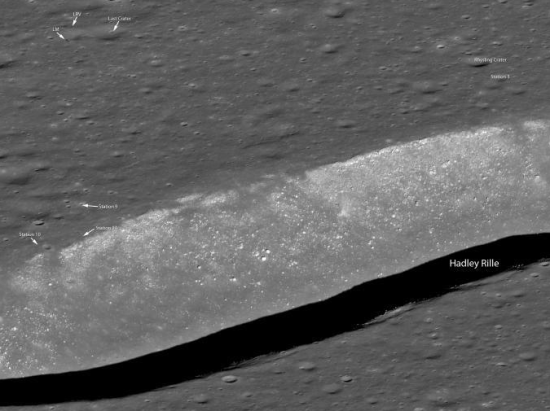A fired up Sun
As it does every month, NOAA’s Space Weather Prediction Center today released its monthly update showing the ongoing changes of the Sun’s solar cycle sunspot activity. I have posted the graph below the fold.
For the fourth month in a row the Sun’s sunspot activity has leaped upward. In fact, for the first time since I have been tracking sunspot activity, beginning in 2008, the Sun’s sunspot activity exceeds the predicted activity by a significant amount. Since the end of the previous maximum, the Sun had consistently failed to meet the expectations of solar scientists by producing far fewer sunspots than expected.
In the past few months, however, the Sun has recovered, its activity firing upward, including some of the most active and largest sunspots in years.
» Read more

